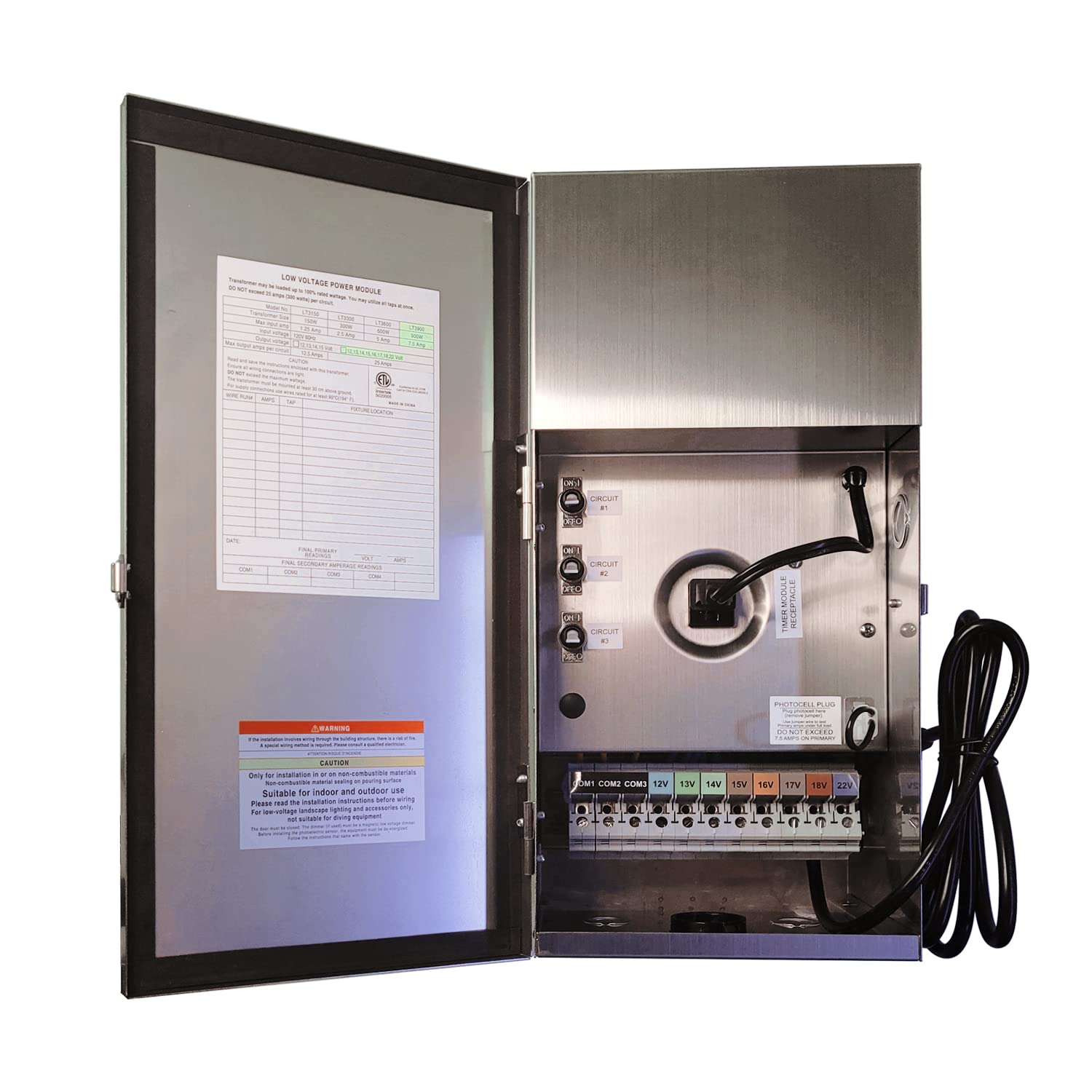Unlock the Secret to Effortlessly Connecting Wire Terminals to Your Lighting Transformers!
Connecting wire terminals to lighting transformers may seem daunting, especially for those who are not experts in electrical work. However, understanding this process is crucial for ensuring effective and safe lighting in your home or workspace. A proper connection can significantly impact the performance and longevity of your lighting system, preventing flickering lights or, worse, electrical hazards. In this article, we’ll explore the ins and outs of wire terminals and lighting transformers, provide you with a comprehensive guide on how to make these connections easily, and share some tips on troubleshooting common issues. Whether you're a DIY enthusiast or just looking to improve your lighting setup, you’ll find valuable insights here.

Understanding Wire Terminals and Lighting Transformers
Wire terminals are essential components in electrical systems that allow wires to connect securely to various devices, including lighting transformers. A lighting transformer converts line voltage to a lower voltage suitable for your lighting fixtures, ensuring they operate safely and efficiently. It's important to understand that each component plays a pivotal role in the overall functionality of your lighting setup. For instance, improper connections can lead to overheating, voltage drops, or even electrical fires. My friend once faced a frustrating situation where his newly installed landscape lights wouldn’t turn on due to a poorly connected transformer. Learning about wire terminals helped him troubleshoot and rectify the issue, ensuring a safe and effective lighting solution. By grasping how wire terminals and transformers work together, you will be better prepared to tackle your connection tasks with confidence.
Tools and Materials Needed for Connection
Before diving into the connection process, it's essential to gather the right tools and materials. Here’s a list of what you'll need: - Wire strippers: These will help you remove insulation from the ends of wires without damaging the metal conductor. - Screwdrivers: A flathead and Phillips screwdriver will likely be necessary for securing connections. - Electrical tape: This is crucial for insulating any exposed wire ends after connections are made. - Heat shrink tubing: A great alternative for insulation that provides a snug fit and added protection. - Safety goggles and gloves: Always prioritize safety when working with electrical components. - The appropriate gauge wire: Ensure you have the correct wire gauge for your transformer and lighting fixtures. Having these tools and materials ready will streamline your connection process and enhance your safety.
Step-by-Step Guide to Connecting Wire Terminals
Now that you have the necessary tools, let’s walk through the step-by-step process of connecting wire terminals to your lighting transformers:
- Turn Off Power: Always start by switching off the power at the circuit breaker. This prevents any risk of electric shock while you work.
- Prepare Your Wires: Use wire strippers to remove about 1 inch of insulation from the ends of the wires you will connect to the transformer.
- Identify the Terminals: Most lighting transformers will have clear markings indicating where the input and output wires should be connected. Typically, you’ll see markings such as 'Input' for the line voltage and 'Output' for the low voltage.
- Connect the Wires: Insert the stripped end of the wire into the corresponding terminal and tighten the screw to secure the connection. Ensure there are no loose strands of wire that could cause short circuits.
- Insulate Connections: After securing the wires, use electrical tape or heat shrink tubing to insulate the connections. This step is crucial for preventing accidental shorts.
- Secure the Transformer: If your transformer has a mounting bracket, secure it in place according to the manufacturer's instructions.
- Restore Power: Once everything is connected and insulated, turn the power back on at the circuit breaker and test your lighting system to ensure everything is functioning correctly.
Following these steps will help you connect your wire terminals to lighting transformers easily and effectively.
Safety Precautions
Safety should always be your top priority when working with electrical components. Before you begin, ensure that you turn off the power to the circuit you will be working on. Use insulated tools to prevent electric shocks, and always wear safety goggles to protect your eyes from any debris or accidental contact with live parts. After completing your work, double-check your connections and insulation before restoring power to the circuit.
Troubleshooting Common Connection Issues
Even with careful installation, you may encounter some common issues when connecting wire terminals to lighting transformers. Here are a few potential problems and their solutions:
- Lights Not Turning On: If your lights aren’t illuminating, first check the connections to ensure they are tight and secure. Also, verify that the transformer is properly plugged in or connected to the power source.
- Flickering Lights: Flickering can often indicate a loose connection. Inspect the wires and terminals for any signs of looseness or damage. It may also help to check the transformer’s specifications to ensure it matches the requirements of your lighting fixtures.
- Overheating Transformer: If the transformer feels excessively hot, this could be a sign of overloading. Check that you're not exceeding the wattage capacity of the transformer. If necessary, consider upgrading to a transformer with a higher capacity.
By being aware of these common issues and their resolutions, you can troubleshoot effectively and ensure a reliable lighting system.
Final Thoughts on Connecting Wire Terminals
Connecting wire terminals to lighting transformers may initially seem overwhelming, but with the right tools, materials, and a clear step-by-step approach, it can be an easy and rewarding task. Remember the importance of safety throughout the process and take the time to troubleshoot any issues that may arise. Proper connections not only enhance the performance of your lighting but also ensure the safety of your home or workspace. With the knowledge gained from this guide, you are now equipped to tackle your lighting projects with confidence and ease!








